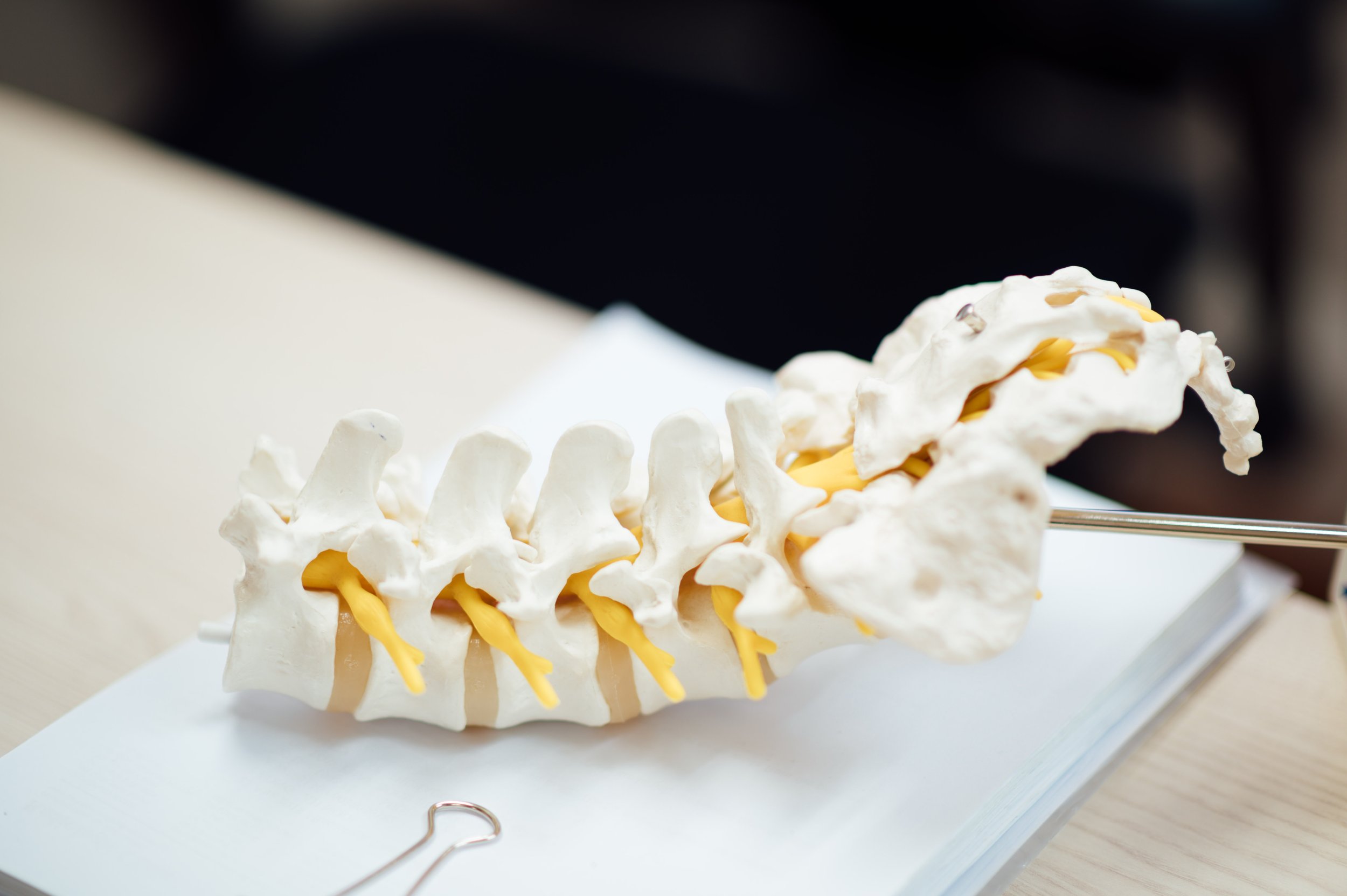Joint Manipulation
Sometimes your joints can feel restricted, stiff and sore. Joint Manipulation is a Physiotherapy technique used to improve the range of motion in stiff joints so you can enjoy moving with ease. This muscle manipulation technique involves a high velocity and low amplitude movement at your joint where end range is reached and can be associated with an audible ‘pop’ or ‘click’ sound.
Stiff joints that cause you pain
Many of my clients come to me with stiffness which can lead to pain. A stiff spine from sitting too long can result in a back injury or longstanding back pain and an old untreated injury like an ankle sprain, can limit your ankle movement if not properly rehabilitated. Joint Manipulation is one of many Physiotherapy treatments that can help improve your function and keep you moving freely.
FAQ’s About Joint Manipulation
-
Joint manipulation is a Physiotherapy technique that is used to treat joints that become restricted and stiff. Joint Manipulation improves range of motion and function so you can perform your activities with ease.
-
The Physiotherapist normally applies a involves applying a high velocity and low amplitude thrust to a joint to move it closer to end range of motion. This is normally associated with a ‘pop’ or ‘click’ sound which are the gas bubbles popping within the joint.
-
Joint Manipulation is not always an appropriate treatment technique for each individual. As your Physio, I will guide you on the best treatment tools I think will help your individual situation. I do not recommend Joint Manipulation for those with increased pain, bone conditions such as osteoporosis or have a fear of “being cracked’. There are much more gentle options to improve joint range of motion which I will discuss with you.
-
Joint manipulation is generally considered safe when performed by an experienced and qualified clinician. However, there are some conditions where joint manipulation is not advised such as clients with fractures, pregnant women and those with osteoporosis and weak bones.
-
Joint manipulation is a technique that targets improving the movement of the joints specifically towards their end range. The ‘pop’ or ‘crack’ sound is the gas bubbles popping in the joint however if you don’t hear the sound, it doesn’t mean that the manipulation wasn’t effective. Joint manipulation is sometimes confused with muscle manipulation which is a technique that targets more the soft tissues like muscle, fascia and tendons. To manipulate, or alter the soft tissues, we tend to use massage or compressive forces to gain changes within the tissues.



